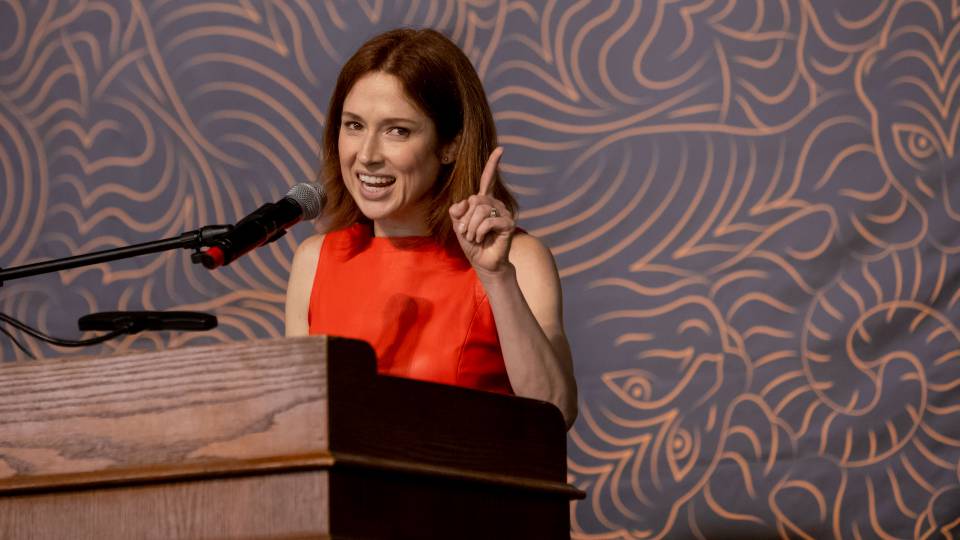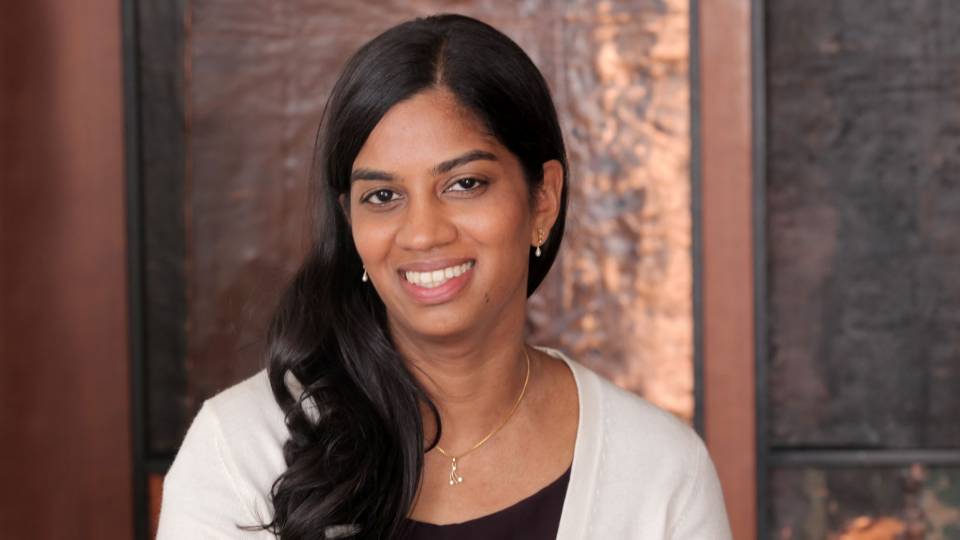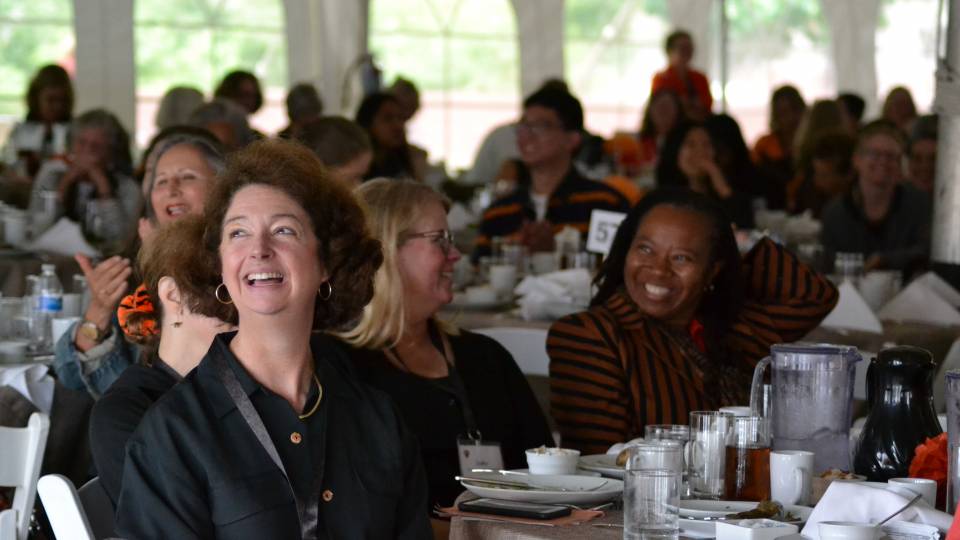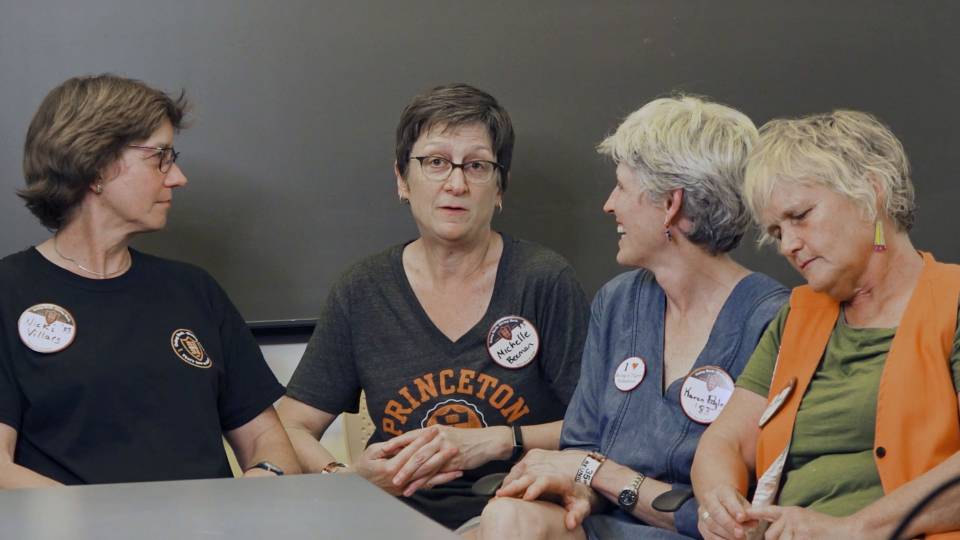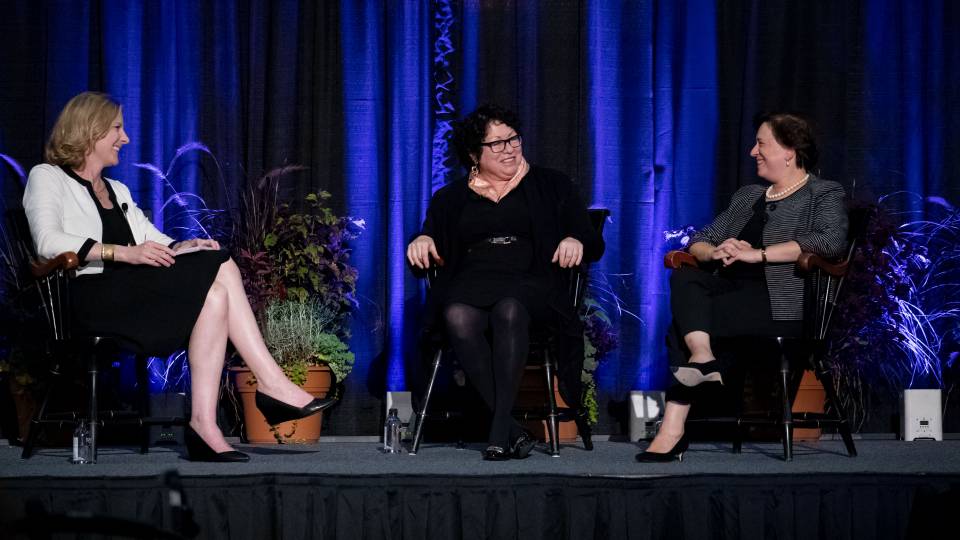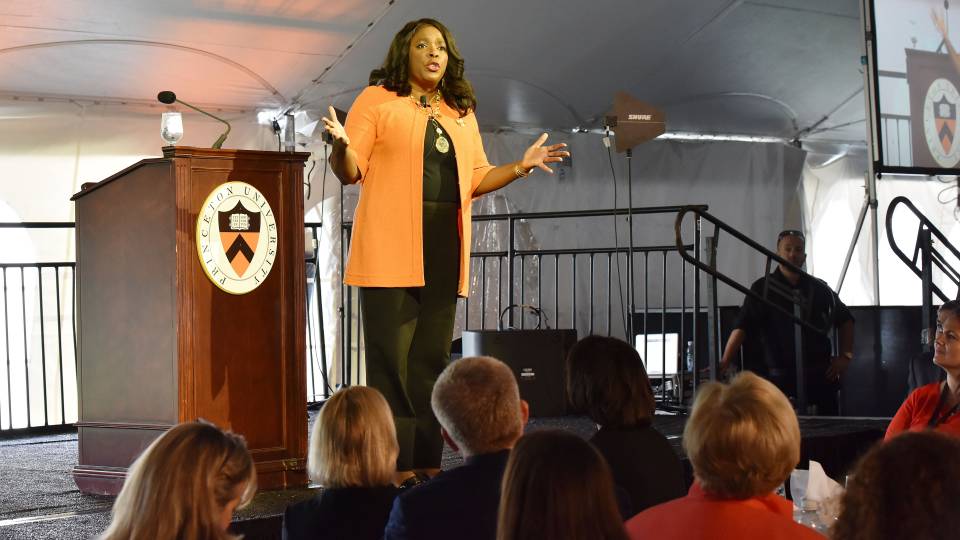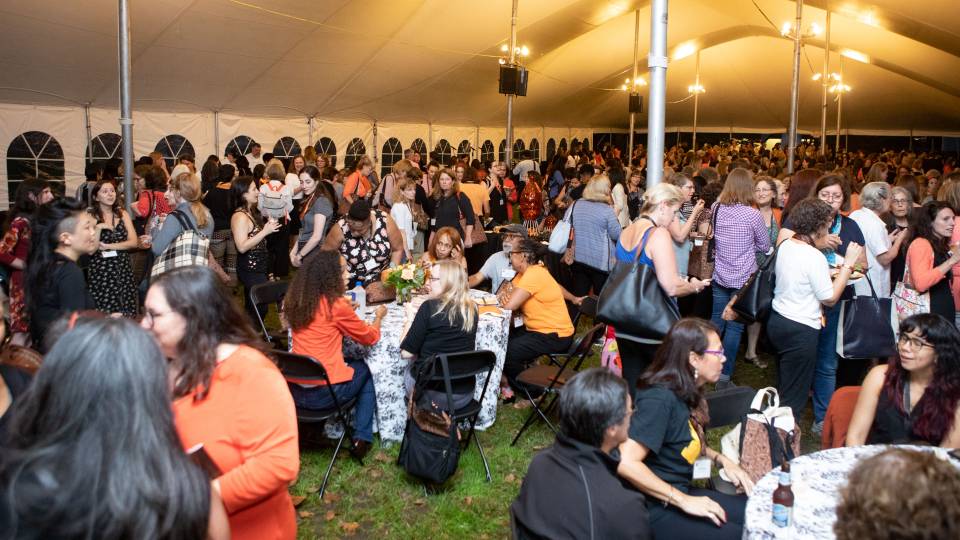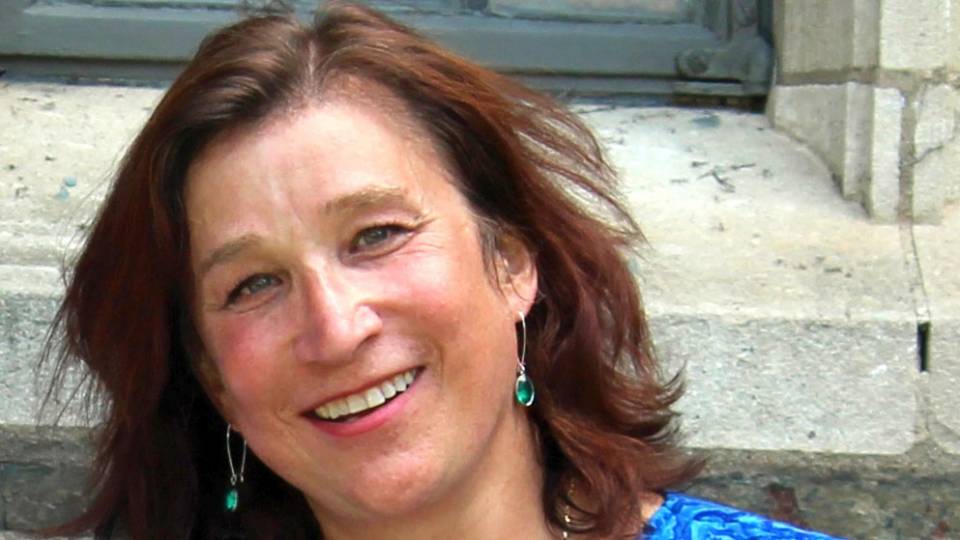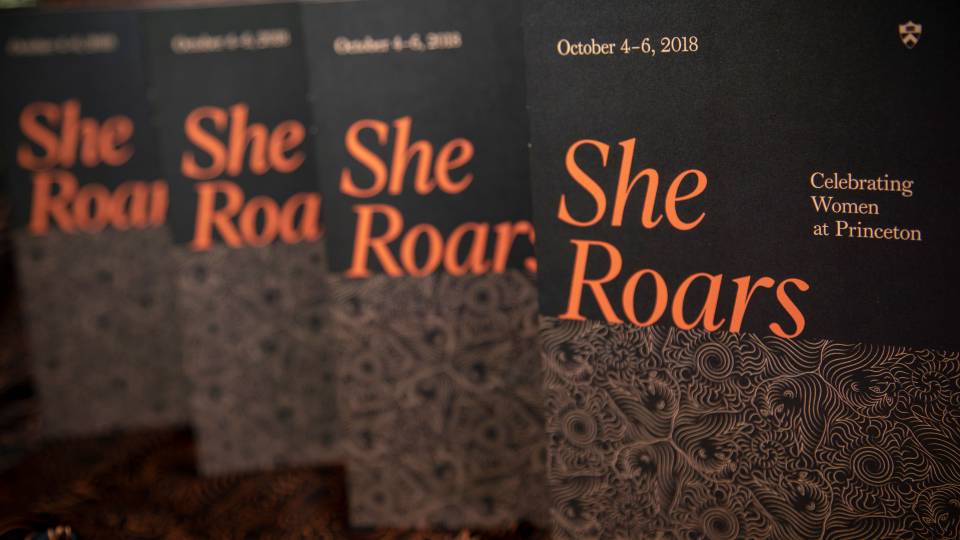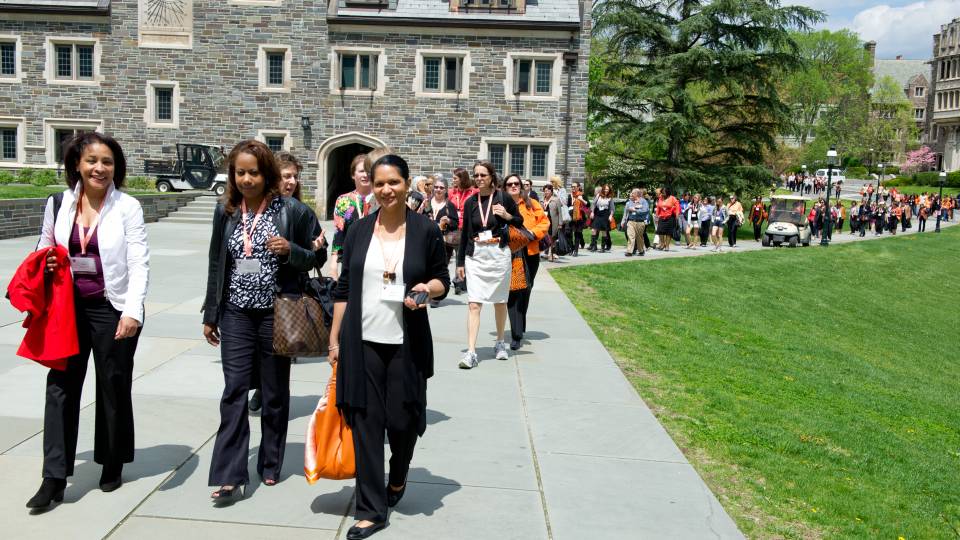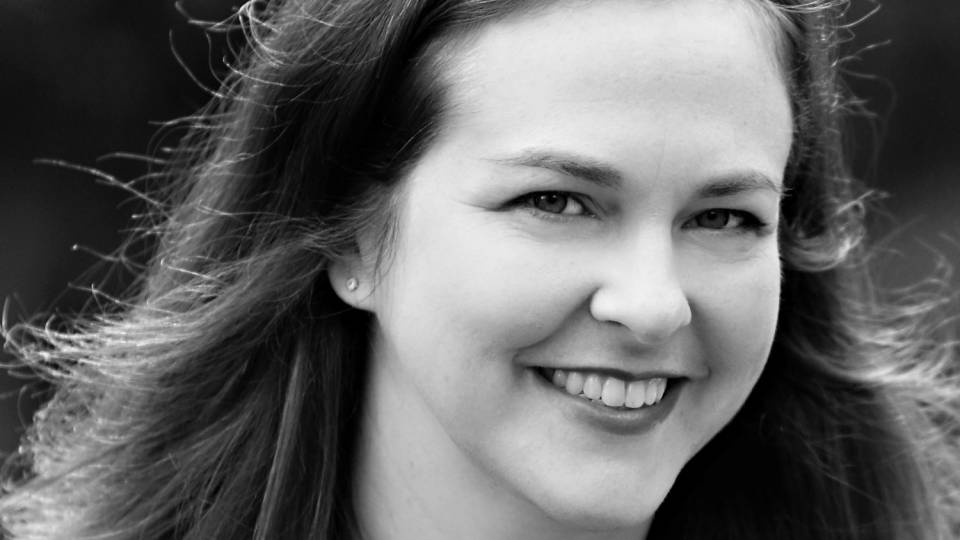Briana "Bri" Christophers, Class of 2017, M.D.-Ph.D. student at Weill Cornell Medical College and future physician-scientist
As part of Princeton’s coverage of “She Roars,” we invited a few speakers to give us a deeper glimpse into the issues and insights they will share on their panels. We especially wanted to feature presenters who are helping to lead the smaller, more intimate conversations.
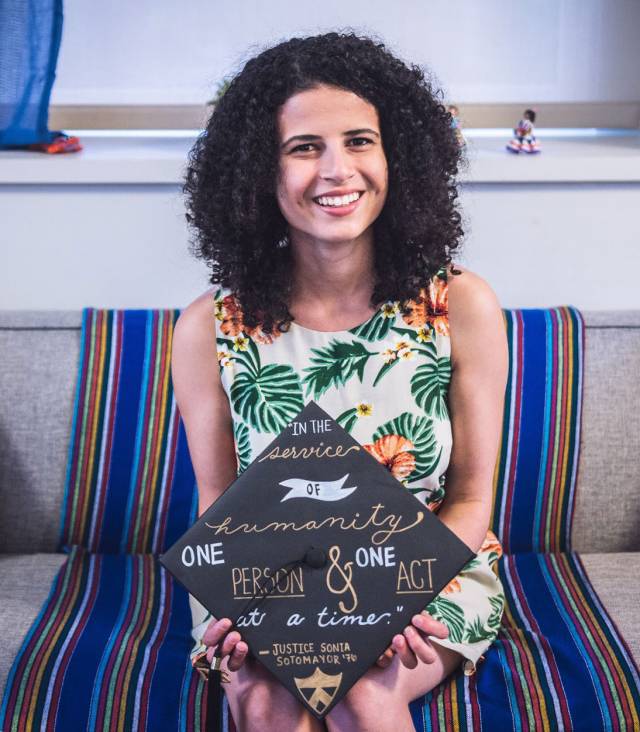
Briana Christophers
Below, Briana “Bri” Christophers, Class of 2017, shares some of the perspectives she will cover on the “Activism and Movement Building” panel, as well as her hopes for what she will gain during this extraordinary gathering of Princeton alumnae. Bri is giving the “She Roars” audience — both Tigers on campus and those following from afar — the opportunity to connect more deeply with the discussions that will be sparked at “She Roars” and carry forward into the future.
Developing a Mentorship Movement
My days are spent thinking about events that coincide to create the network of trillions of cells that make us who we are. My research makes me consider how each cell exists in a context with a (more or less) equal potential to move down a myriad of paths. What never ceases to surprise me is how every cell is dependent on a concert of signals coalescing at the right time and place.
I think back to my start as a bright-eyed and multipotent first-year, as I had no idea in which direction Princeton would take me. I am endlessly grateful to Dr. Becky Burdine, my research mentor and all-around inspiring woman in science, for igniting my love of developmental biology: the study of how an organism arises from one cell to many. The combination of my molecular biology studies and the liberal arts curriculum pushed me to recognize how the levels of complexity I study in the lab extend beyond the microscopic. My scientific interests in evaluating how a set of inputs and interactions between neighboring components produce a beneficial outcome could apply just as easily to cells forming a tissue as it does to individuals coming together to form a community.
I find myself coming back to the call to action in the words of Associate Justice Sonia Sotomayor ‘76 that have become part of the new University informal motto: “in the service of humanity, one person and one act at a time.” These words highlight for me how social justice is an extension of what I am constantly reminded of in my training a physician-scientist: each individual — a patient, a student, a friend, or even a cell — has potential given the right inputs. Understanding and changing the environment has a direct impact on the future of that individual and the network around them.
Following this logic, when I reflect on Princeton I see how it operates as not only developmental context for the individuals within, but also how it operates as both catalyst and inhibitor to personal growth. The campus that lies through FitzRandolph Gate is an environment that provides the collision point for a student’s social and educational experience. Each student is tasked with making sense of the input overload of campus resources and opportunities. However, not each student has the reference point for integrating these various streams of information. Without adapting to the diverse needs of the community, the stimuli Princeton provides sometimes do not support the growth of each student equitably.
My research brings me back to thinking how external forces on the context influence change; during development this impacts the outcome of a cell, but in a community this force sparks a movement. Coming back as a panelist discussing movements is an opportunity for me to reflect on my role in student activism but also to interrogate my own privilege in standing on the shoulders of previous Princetonians and my peers who have tirelessly pushed for equity and justice at the University. Thus as an alum I hope to amplify my own call to action: let us work toward an institutional framework of support and mentorship for students and young alumni of color that leverages the rich experiences and expertise that exist within our community network. Positive change can happen “one person and one act at a time” if we come together at this time, in this place and move forward together.
